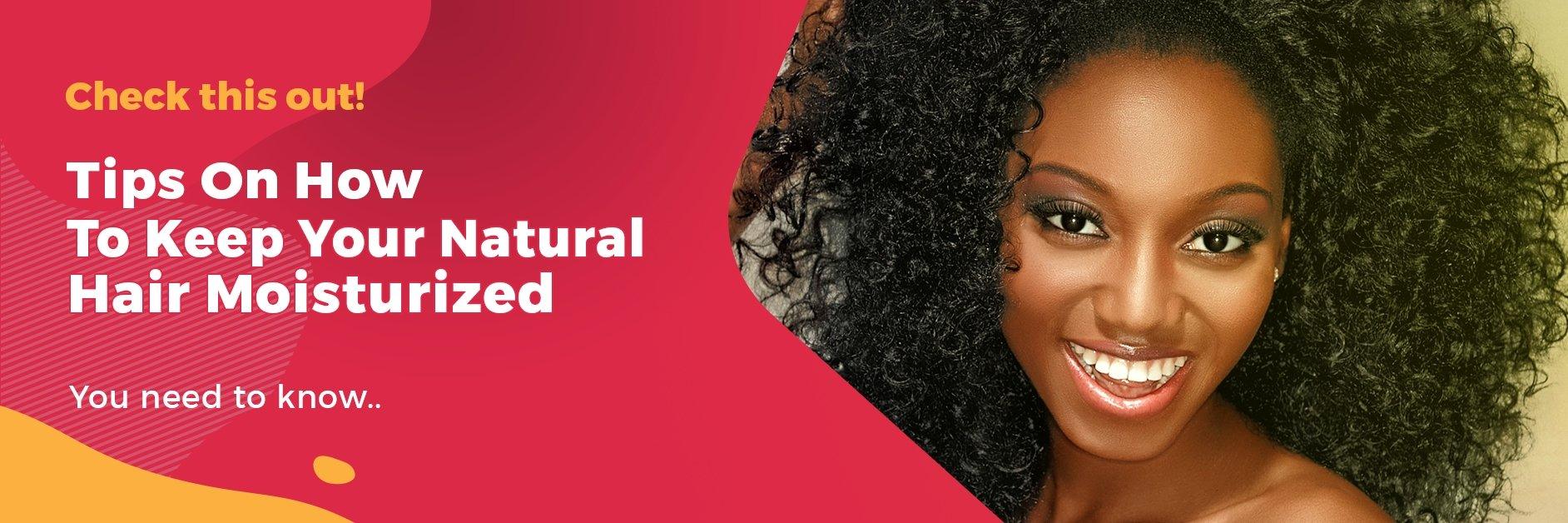
TIPS ON HOW TO KEEP YOUR NATURAL HAIR MOISTURIZED
In the summer, you blame dry hair on the sun and heat. In the winter, you think perhaps cold and wind could be the culprits--stripping your hair’s moisture. And when it comes to your dry hair, those factors definitely contribute. But there’s more to understand about dry hair, and many ways to moisturize dry hair so that it feels soft and supple.
There are two basic reasons for dry hair. One is that your scalp doesn’t produce enough natural oil to moisturize your hair. This can be hereditary, or it could be something that happens over time, because as we age, the body’s rate of oil production naturally slows down, leading to dryer skin and of course, dry hair.
It’s also possible that the condition or structure of your hair is causing the moisture to escape, which leads to dry hair. A strand of hair is made up of three main segments. At the center is the medulla or core, which is the supporting structure. Surrounding the medulla is the cortex, which forms the middle layer. The cortex gives your hair its shape, resilience, elasticity and curl.
Surrounding and protecting the cortex is the cuticle. Think of the cuticle structure as overlapping shingles on a roof. When the “shingles” are compact, the hair appears glossy and shiny and moisture cannot escape. When the “shingles” are loosened, hair can appear dull and flyaway, and it’s easier for natural oil and moisture to escape from the inner structure, which leads to weakened and dry hair.
This might take a little getting used to. But natural hair is dry. This means that our scalp produces natural oils that do not slide down our hair shafts easily as it would for people with straight hair. So these natural oils tend to just sit on the scalp, building up and being all flaky.
This is where a good moisturizing routine comes into the picture. Moisturizing your natural hair helps to seal in moisture into your hair strands, so your kinky curls stay hydrated and flourishing. To keep those curls popping, here are the best methods to keep your natural hair moisturized to prevent dryness and breakage.
 Find Out What Your Hair Needs
Find Out What Your Hair Needs
The key to moisturizing your natural hair the right way and keeping it moisturized is to find out what your hair needs. You need to know what type of hair texture you have, and to determine the porosity of your hair. A way to check your hair porosity is by placing a strand of product-free hair in a clear cup of water and observing. If your hair sinks, then it means that your cuticles are lifted, and you have high porosity hair. But if your hair floats to the top and remains there, then this just means that your cuticles are tightly sealed, and you have low porosity curls. If your strands fall somewhere in the middle, your hair porosity is normal. Knowing your hair porosity helps you to figure out which products will work best for your hair.
 Your Hair Needs Water
Your Hair Needs Water
Water is a very important element for your hair. Your natural hair needs water, the way you need the popcorn to sit through a movie. You should spritz water over your hair daily, paying special attention to the ends. Water is a basic moisturizing agent for the hair and you should never run a comb through your hair without applying some water on it first. Drinking at least 6-8 glasses of water each day also helps to keep your natural hair moisturized. Try Our Macroupta Trigger Mist Spray Bottle it sprays fine micro mist that targets your scalp up to the ends of your hair. It is also propellant- free for continuous spraying action.
 Use Only Natural Oil
Use Only Natural Oil
Your natural hair needs oil, a reasonable quantity of it to properly moisturize your hair. If you have a super oily scalp, you should probably skip this part. But if you produce a very little quantity of sebum, then you may need to add an extra bit of oil to your scalp. You can do this by using some natural oils like coconut oil, olive oil, or castor oil. But applying oil to your scalp every day is a big no-no and not very effective. Also, remember that oil is not a moisturizer and you need to apply a light water-based mist to your scalp before the oiling process to get some moisture into your hair. We recommend GNO Castor Oil hydrates and strengthens your hair, actively working against split ends or hair breakage.

Moisturize Your Natural Hair With Sealants
Sealants contain oils that help to seal in moisture into your natural hair and keep your hair shafts soft and supple. Your sealants do the work of smoothing your hair cuticles. This process of sealing/smoothing the hair cuticles is a very important step of this routine because it helps to lock in moisture into the hair. Our GNO Hair Oil is perfect for this. It consists of organic oils that penetrate your hair roots and nourish them while also strengthening and tightening the hair strands from inside, to promote hair growth and prevent breakage.

Wash Your Protective Styles
A protective style can become counter-intuitive and damage your hair if not properly cared for. You should wear your protective styles for a maximum of eight weeks and cleanse your scalp with a light shampoo every four weeks after each installation. When you follow a cleansing and moisturizing routine for your protective styles, this prevents dry hair and your natural hair can retain its moisture more. Try GNO BIOTIN Shampoo and Biotin Conditioner both help to restore damage and thinning hair back to health with consistent use and at the same time the ingredients help cleanse the scalp and condition your hair leaving it clean and hydrated. biotin shampoo and conditioner are packed with Biotin, Pro-Vitamin B5, Ginseng, and Seaweed Extract work to nourish the scalp and fortify strands for hair that grows strong from root to ends. Available now at Glammednaturallyoil website for Pre-order.
 Avoid Over Styling Your Natural Hair
Avoid Over Styling Your Natural Hair
Natural hair styling products can dry out your hair, build upon your scalp and weigh down your hair. Having to touch and style your natural hair too often can cause hair damage and breakage. Give your hair a break by wearing styles that don't require so many styling products or switch between high and low manipulation styles. This will ensure that your hair stays moisturized and hydrated for days.
 Pre-pooing Your Natural Hair
Pre-pooing Your Natural Hair
A pre-poo is an oil treatment routine for washing natural hair to increase moisture and make the hair more manageable during wash day. Usually, when you shampoo your natural hair, the shampoo lifts oil from the surface of your hair and makes you feel like all the moisture has been stripped out of your hair. A pre-poo is applied to the hair prior to shampooing and conditioning of natural hair. A pre-poo adds extra moisture to your curls, protects your hair follicles, makes the detangling process a lot easier, and leaves you with soft, shiny hair.
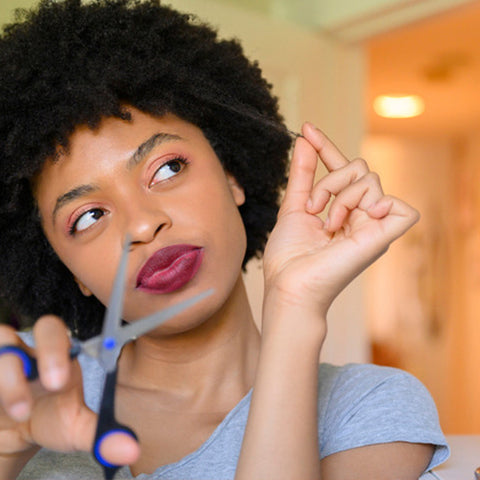 Trim Those Split Ends Off
Trim Those Split Ends Off
Because natural hair is dry naturally it is more prone to frequent breakage and becomes unmanageable. Those split ends make it easy for moisture to escape your hair shafts, so you may need to trim your natural hair regularly to get rid of split ends, brittle ends, and single strand knots. Over time this would help your natural hair grow and retain moisture.
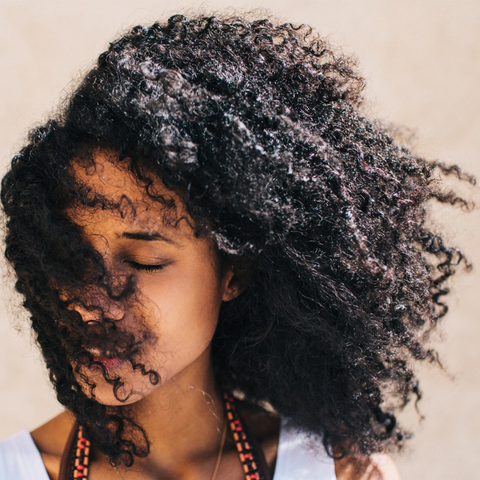 Protect Your Natural Curls
Protect Your Natural Curls
Natural elements like harsh winds or the sun can damage your hair, causing it to become brittle, dry, and then break off. To keep your natural hair moisturized you will need to protect your natural curls from these elements. When going out on a hot, sunny day, wear a cap or spray your hair with a UV protection spray. On colder days, just wear a hat or hood to keep your hair from drying out. If you have to go swimming, apply a rich conditioning cream to your hair and wear a swim cap to prevent your hair from drying out in chlorinated water. When you travel by road, cover up your natural hair with a scarf to avoid dust getting into your hair and drying it out. For extra hydration and to keep your natural hair moisturized, apply a rich moisturizing conditioner during the coldest time of the year. Use our Whipped Coco Shea, it helps to keep your hair soft while it protects it from harmful elements.
 Use Satin Pillowcases And Bonnets
Use Satin Pillowcases And Bonnets
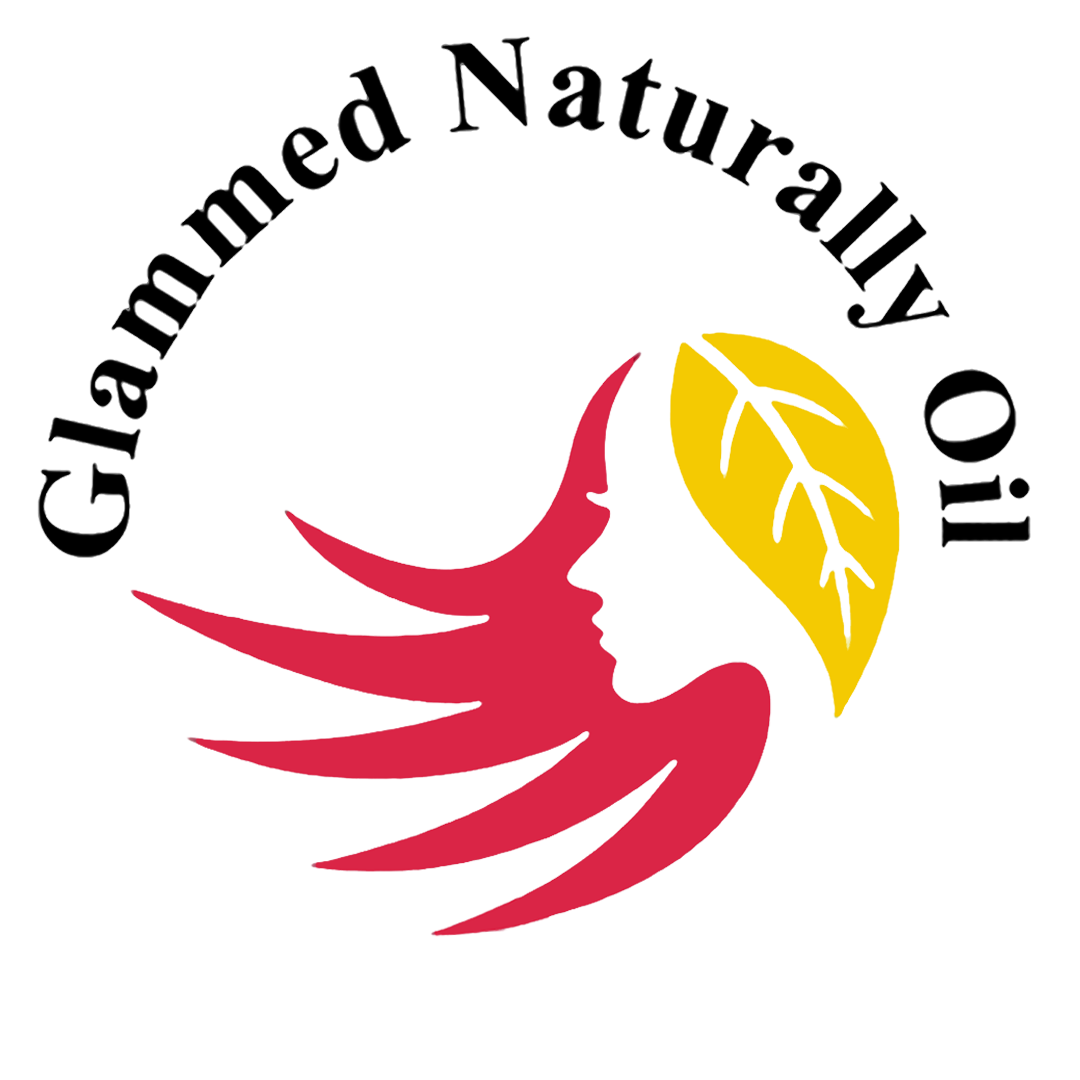
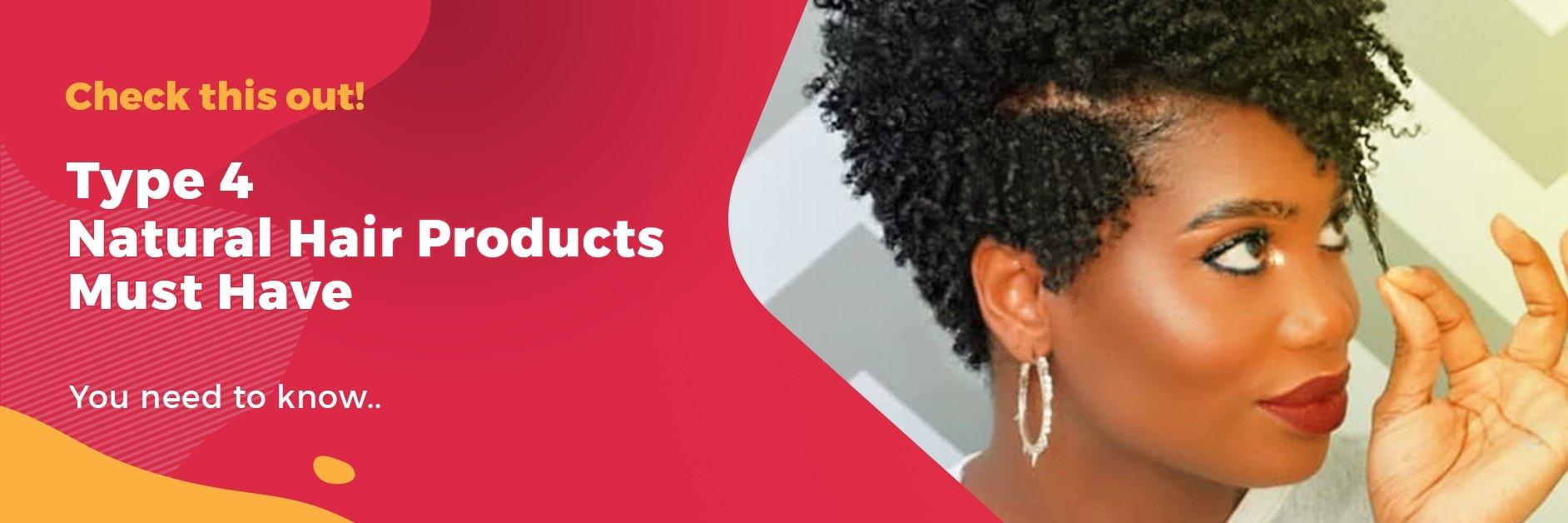
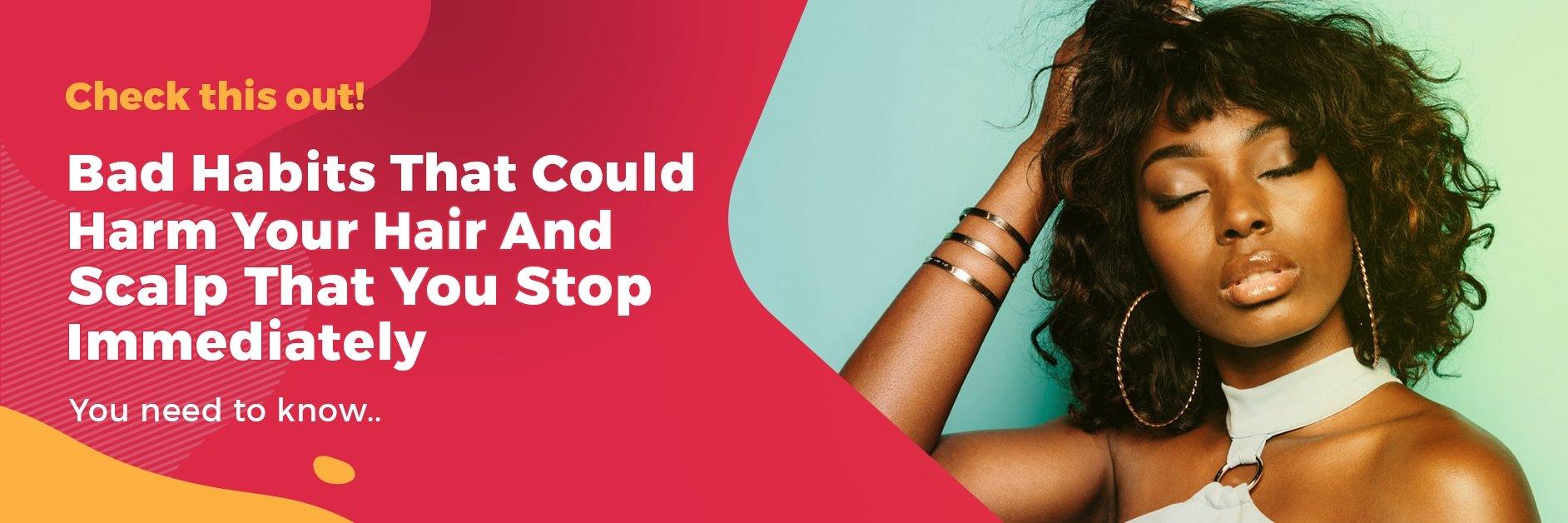
Leave a comment
This site is protected by hCaptcha and the hCaptcha Privacy Policy and Terms of Service apply.